
Breaking Down a Day in a Playwrights Creative Process
15 min read Explore the creative process behind a playwright’s typical day, from idea generation to script revisions and inspiration. (0 Reviews)
Breaking Down a Day in a Playwright’s Creative Process
Introduction
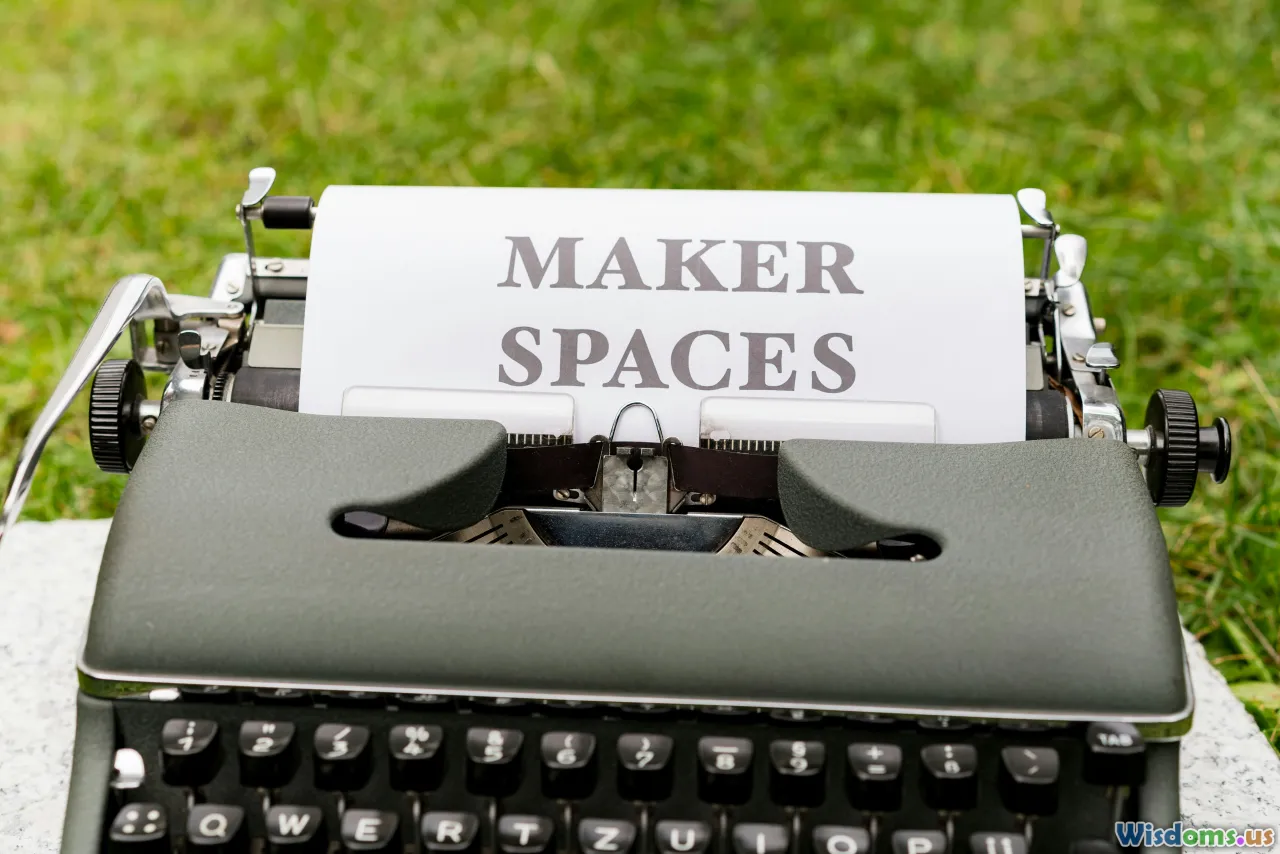
The allure of the theatre often masks the meticulous craft that fuels a playwright’s creativity. We witness gripping dialogue and evocative performances, but behind every powerful scene lies hours of deliberate effort and introspection. What actually goes on during a typical day in the life of a playwright? How do stories spring to life on the page, weather creative blocks, and grow into narratives that move audiences? In this article, we journey through a day in a playwright’s creative process—illuminating routines, habits, and real-world strategies that transform fleeting inspiration into finished scripts. We’ll break down each phase, compare professional approaches, and offer actionable tips for theatre enthusiasts and aspiring writers alike.
The Morning Routine: Priming the Creative Mind
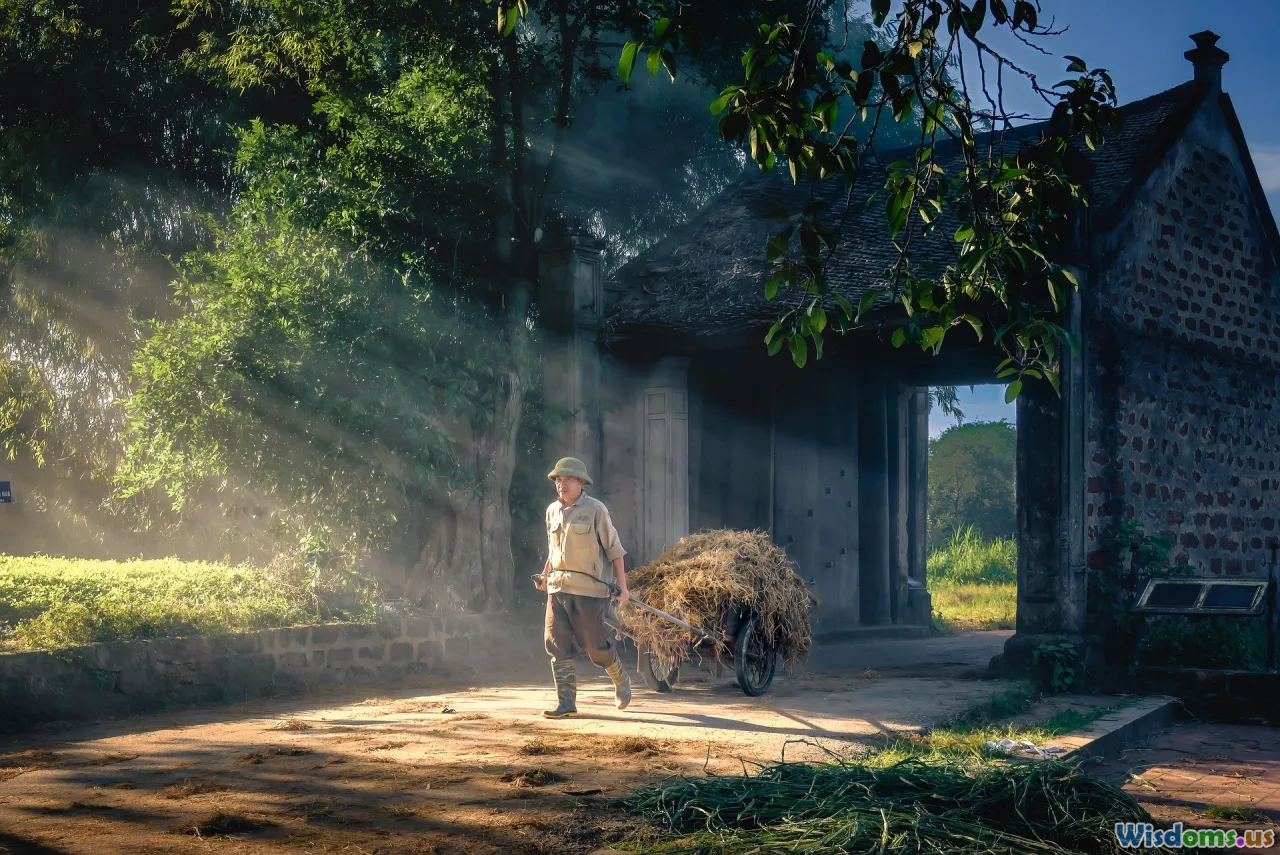
Most seasoned playwrights recognize that how the day begins sets the tone for creative productivity.
Establishing Rituals for Focus
Waking up, established playwrights rarely jump straight to a blank script. Instead, many start their day with activities that prime the mind for deep focus. For instance, Pulitzer Prize-winning playwright Suzan-Lori Parks begins her mornings with meditation and journaling—practices psychologist and creativity researcher Scott Barry Kaufman associates with improved problem solving and original thinking.
Examples:
- Sarah Ruhl, playwright of The Clean House, spends time each morning walking her dog—a form of "productive idleness" that allows her subconscious to untangle narrative knots.
- Akira Kurosawa would read old diaries and dream journals to mine emotional truths as fuel for his day’s work.
Organizing the Day’s Intentions
Seasoned writers don’t leave their day to happenstance. Many jot down to-do lists, setting intentions tailored to their writing goals. A typical morning plan could include:
- Reviewing the previous day’s work
- Setting word-count or page targets
- Choosing specific scenes or characters to develop
This simple ritual pulls creativity into actionable focus.
Research and Gathering Inspiration
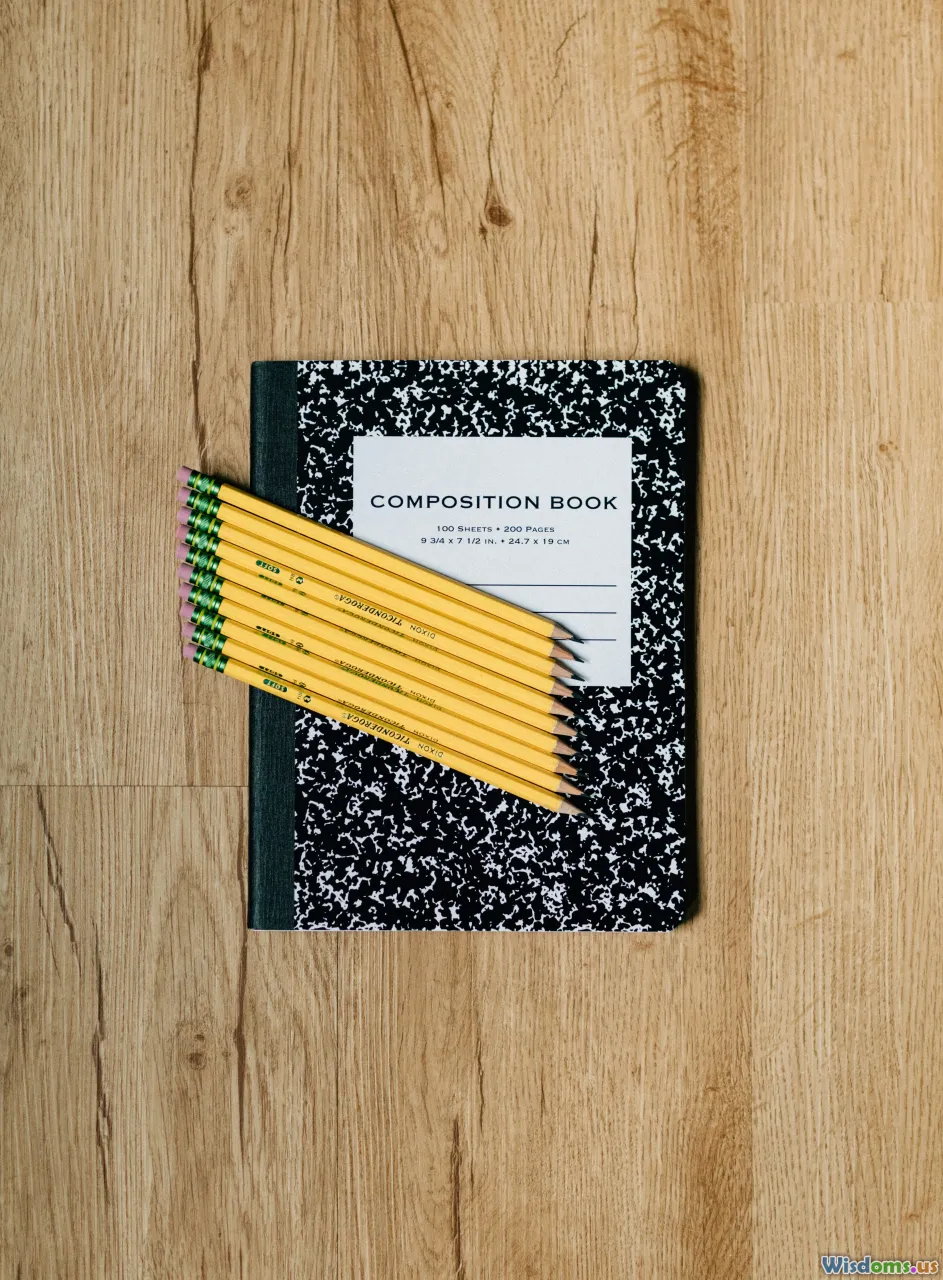
Before any script comes alive, playwrights immerse themselves in research—which can shape tone, dialogue, and realism.
Mining Everyday Life
Some of the most authentic characters and scenarios hinge on real experiences. Here are common research methods:
- Observation: Playwrights like Harold Pinter would eavesdrop at cafes or ride public transport, capturing natural speech patterns.
- Journalism: Anna Deavere Smith painstakingly conducts interviews and transforms them into verbatim theatre scripts, blurring fiction and non-fiction.
- News and History: Period pieces require digesting era-specific history, E.g., Hamilton’s Lin-Manuel Miranda steeped himself in Ron Chernow’s biography for accuracy and verve.
Playwrights collect conversations, photographs, or music that relate to their themes, storing these in digital notebooks or physical folders as creative springboards.
Active Reading and Viewing
Immersing oneself in plays, films, and books from a wide spectrum sharpens storytelling skills. Modern dramatists often dissect classical works (Shakespeare, Miller, Williams) for structural lessons or innovative motifs.
Structured Writing Blocks: Drafting the Script
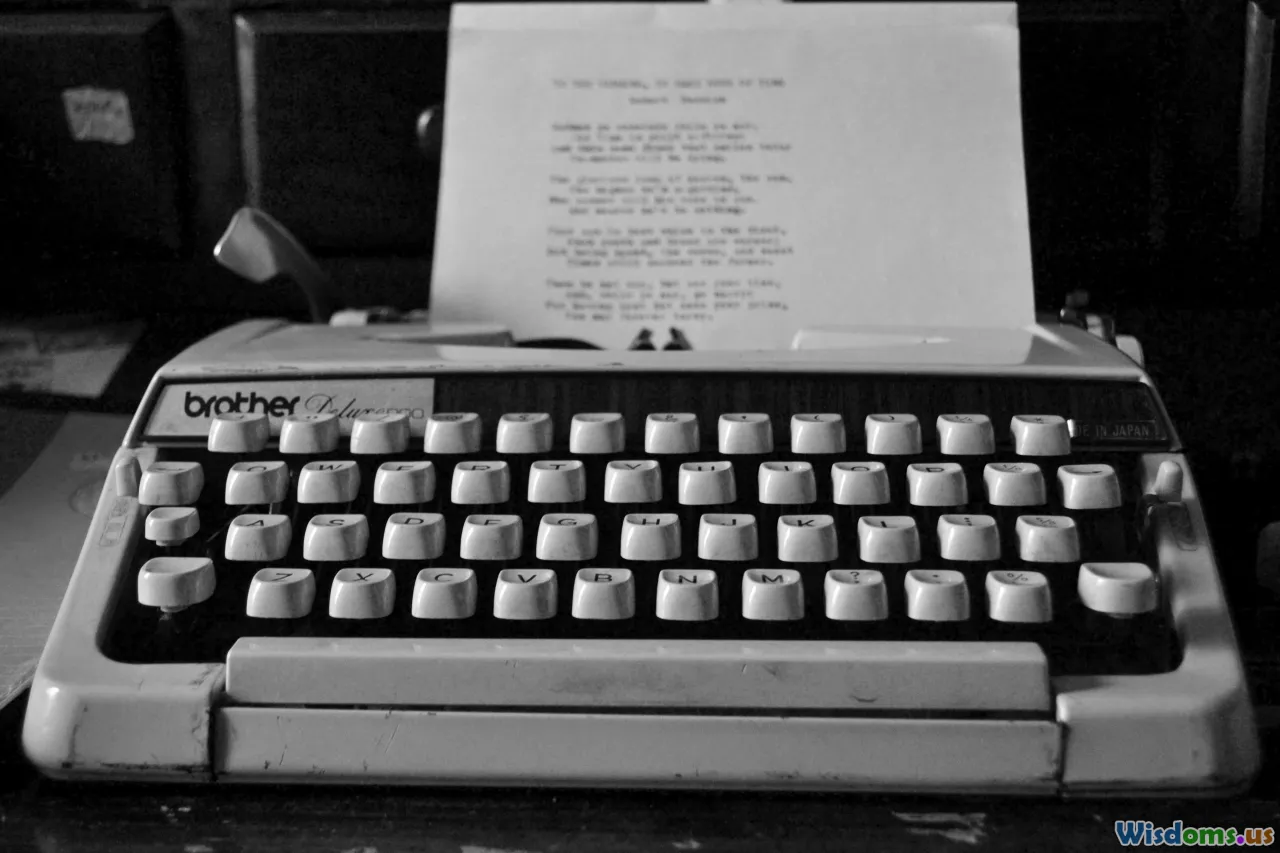
Despite the mythical image of writing in inspired bursts, most established playwrights follow scheduled writing blocks—often with built-in breaks and productivity hacks.
Setting Time Limits
Acclaimed playwright Lorraine Hansberry adhered to strict chunks of uninterrupted writing—often in 90-minute intervals (echoing the Pomodoro Technique). This prevents burnout and sustains focus. Studies show planned breaks boost long-term productivity by up to 20% for creative work.
The First Draft Philosophy
For many playwrights, the first draft is exploratory, not perfect. As legendary playwright August Wilson once said, “You don’t have to get it right. Get it written.”
How this looks in practice:
- Dialogue flows quickly, even if it feels clunky
- Stage directions are generic placeholders
- Structure is loose; the emphasis is on momentum
Some writers mute their inner critic, even covering their screen or switching to typewriters to resist backtracking.
Midday Recharge
After a focused writing stint, it’s common to step away for a walk, snack, or simple movement routine—restoring energy for the latter half of the day.
Revision: Sculpting Raw Material
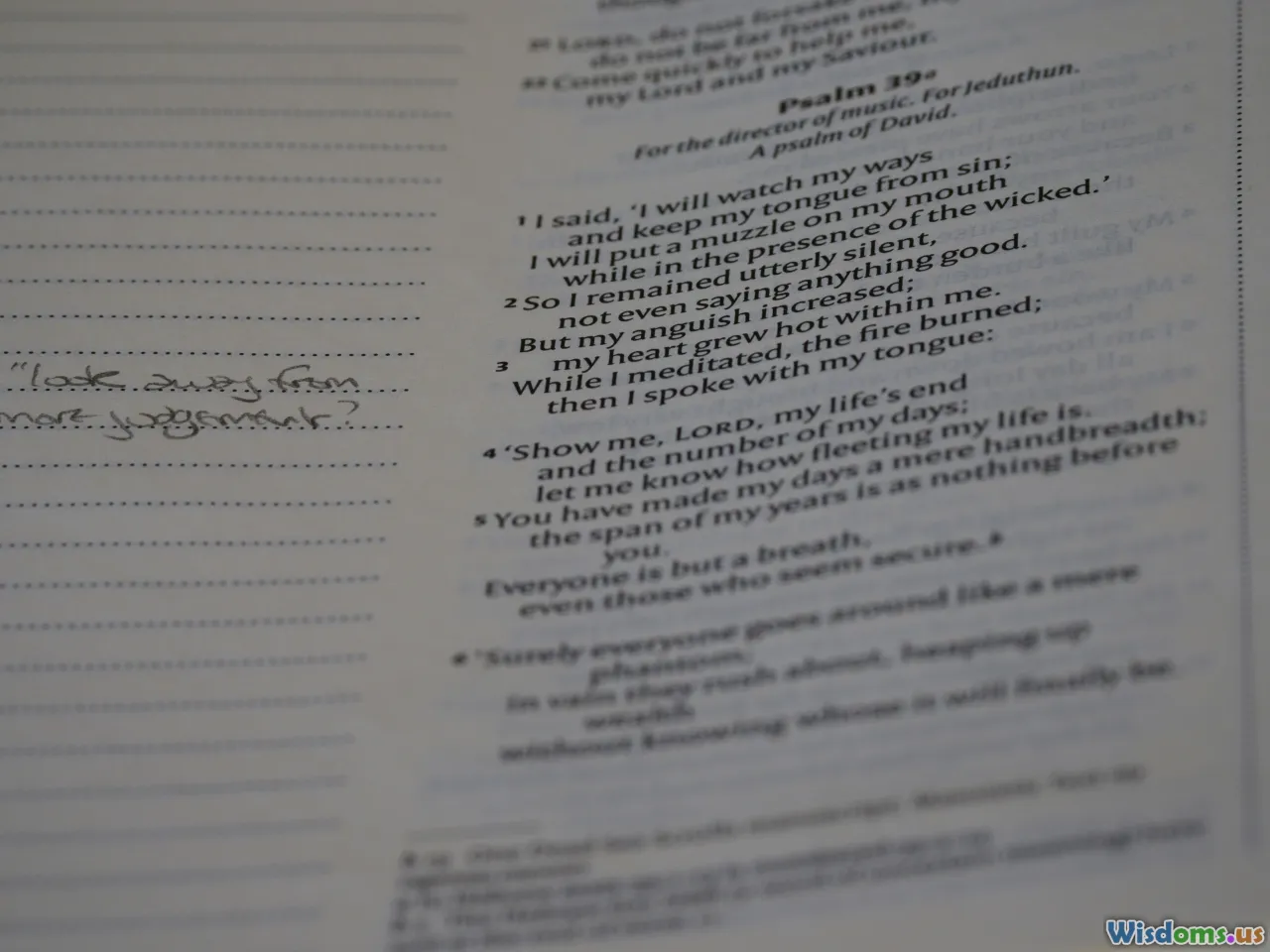
No script emerges fully formed. Revision is when plays begin to find their voice, structure, and intent.
Reviewing the Big Picture
By midday or early afternoon, playwrights revisit what they’ve written. Some print pages to analyze the narrative arc, character development, and pacing on paper—as cognitive science found, reading on paper enables deeper comprehension and error detection versus on-screen editing.
Key revision questions:
- Is the protagonist’s motivation clear?
- Do scenes escalate tension authentically?
- Is the dialogue crisp and purpose-driven?
Peer Feedback and Collaboration
Many, like Tom Stoppard, rely on trusted colleagues or dramaturgs during rewriting. Early readings—"table reads" with actors or friends—bring scripts to life and amplify weak spots. Playwright Annie Baker often records these readings, replaying them for awkward dialogue or sudden tonal shifts.
Multiple Drafts are the Norm
It’s not unusual for acclaimed plays to go through dozens of drafts over months. Douglas Carter Beane averaged five major rewrites before sharing a script with producers.
Afternoon: Deep Character Work and Thematic Layering
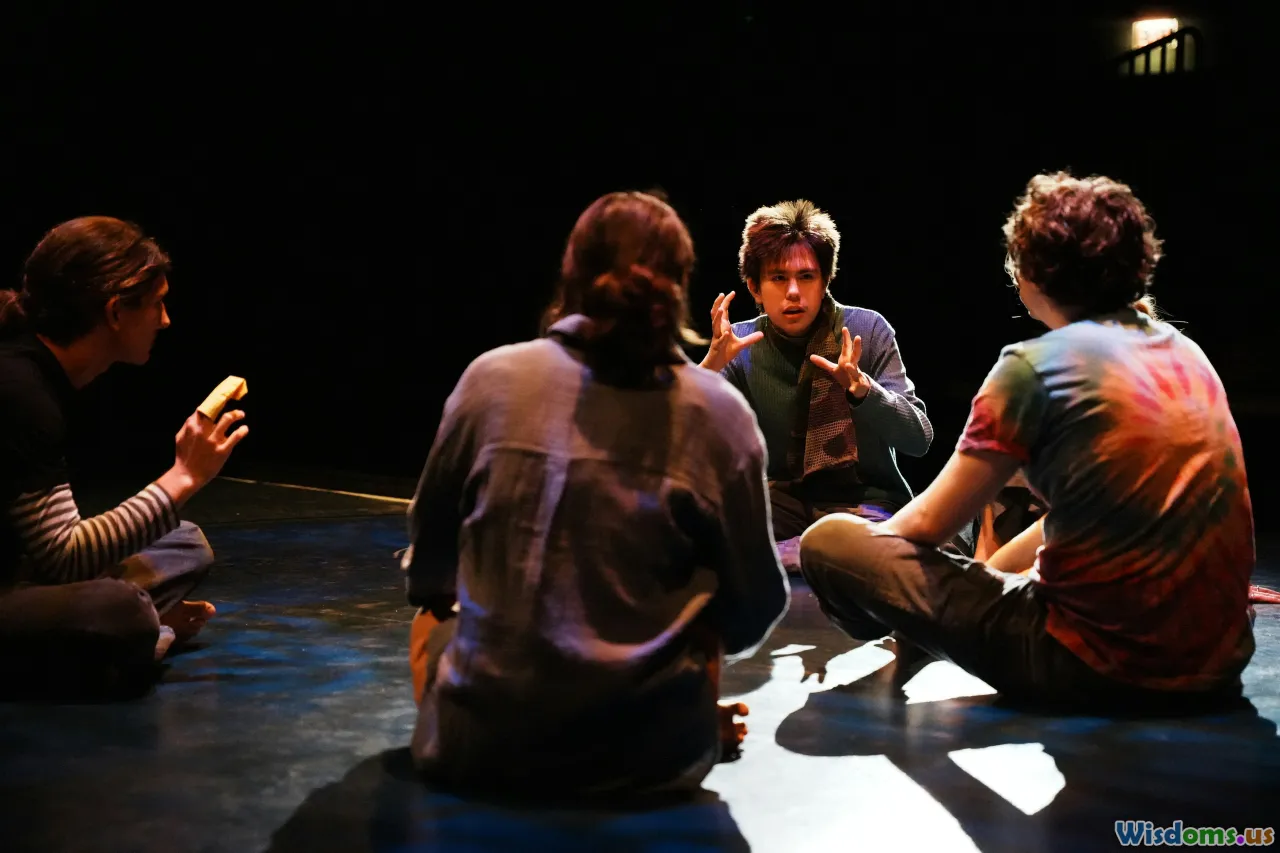
Often, afternoons are reserved for exploring character psychology and refining thematic threads.
Character Monologues and Background Stories
Some playwrights draft letters or secret monologues from each major character—not for the audience, but to understand their desires, secrets, and fears. Paula Vogel recommends these exercises to surface authentic motivations that enrich future scenes.
Revisiting Core Themes
Thematic consistency can make or break a play’s resonance. Playwrights analyze each scene’s alignment with the central "why." For example, Arthur Miller treated every dramatic interaction as a struggle against societal or personal injustice—a glue holding his works together.
Incorporating Feedback
This phase often includes reviewing notes from early readers, integrating suggestions into the next round of changes.
Evening: Balancing Reflection and Refueling

As daylight wanes, playwrights deliberately detach from their scripts. This structured disengagement fosters perspective.
Reflective Journaling
Many end the day journaling insights and challenges. This could be as simple as listing things that surprised or frustrated them during the day’s work. Neuroscientist Andrew Newberg found that reflection routines help encode creative problem-solving lessons, setting the stage for overnight incubation.
Scheduling the Next Day
A brief review and intentional scheduling of the next writing session gives a sense of continuity—key for maintaining momentum on long projects.
Evening Routines and Leisure
Downtime is vital for replenishing creative resources. Some playwrights read fiction, watch films, or attend new theater productions for inspiration. Playwright Lauren Gunderson advocates “creative cross-pollination”—exposing oneself to other artforms to break habitual thinking patterns.
Tools and Techniques that Shape a Playwright’s Day
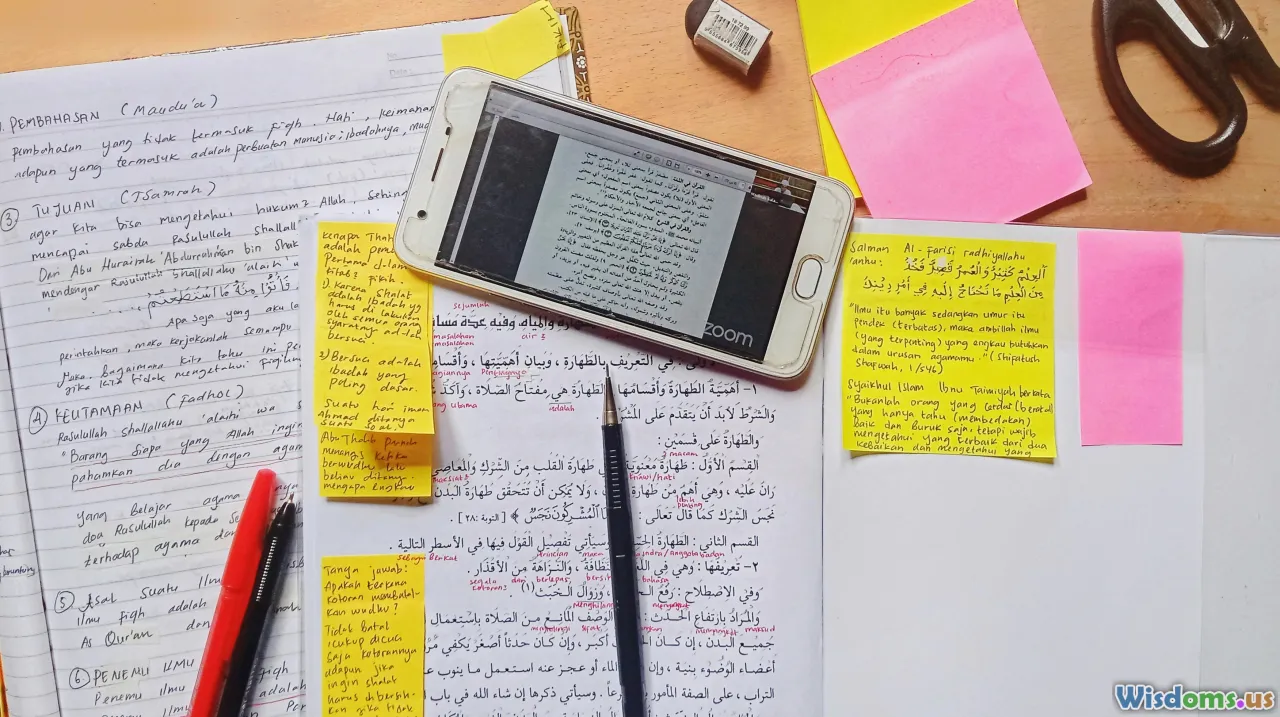
Unique tools and tactical methods keep a playwright organized and inspired.
Physical and Digital Resources
- Notebooks: Many swear by the feel of pen and paper for brainstorming or sketching scenes.
- Screenwriting Software: Apps like Final Draft and Scrivener help organize scenes, format scripts, and manage revisions efficiently.
- index cards or whiteboards: Visual mapping tools help sequence acts or explore nonlinear story structures.
Artistic Exercises
Creative prompts—writing a "scene with only one word repeated," or limiting a dialogue to a single emotion—push boundaries. Paula Vogel’s Bake-Off technique (where writers draft a complete play in several hours with set constraints) exemplifies this.
Combatting Writer’s Block
Everyone faces inertia. Playwrights implement hacks like:
- Change of scenery—moving from a desk to a park
- Timed writing sprints
- Revisiting personal essays or letters to reconnect with emotional material
Comparing Professional and Emerging Playwrights’ Approaches
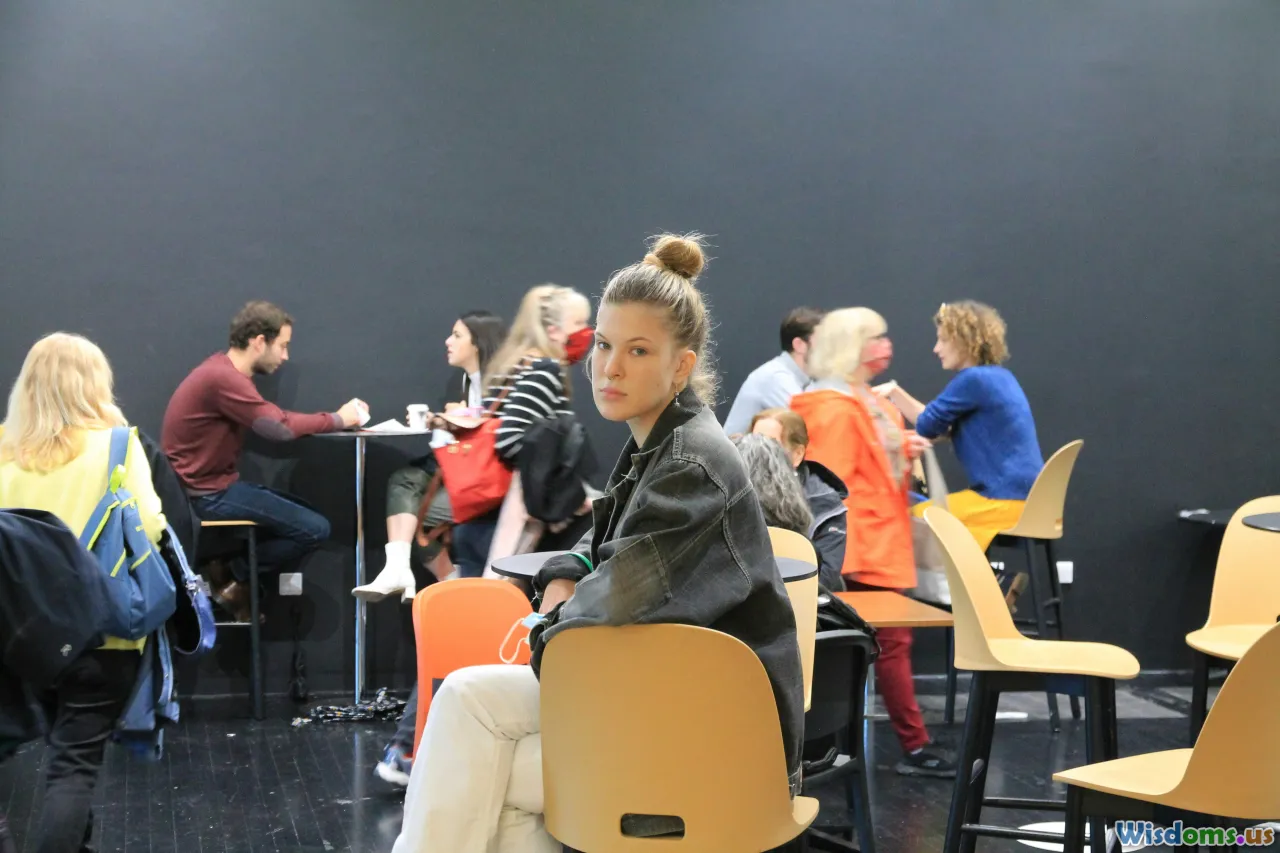
While core patterns remain, experienced and aspiring playwrights often structure their days differently.
Experienced Playwrights
- Tighter, more disciplined schedules
- Larger support networks for feedback
- Ability to prioritize high-impact revisions versus endless tweaking
Emerging Playwrights
- Less rigid structure, exploring multiple writing windows (sometimes juggling other jobs)
- Heavy usage of workshops, classes, and online critique groups (like The Playwrights’ Center or New Play Exchange)
- Experimentation with digital storytelling, short forms, or hybrid genres
Both benefit from day-by-day consistency; routines help novice voices mature, and even veterans stave off "page fright" when seeking their next big idea.
Actionable Tips for Aspiring Playwrights

If you’re looking to sharpen your own playwriting process, here are tried-and-true practices:
- Designate a Physical Space: Consistency cues the brain for work—even a corner or local café can become a creativity haven.
- Set Manageable Goals: Page or scene targets—paired with flexibility—ward off overwhelm.
- Schedule Regular Peer Reviews: Early feedback is invaluable. Zoom readings or local writing groups unveil blind spots.
- Mix Solitude and Collaboration: Time alone births new ideas; collaboration polishes them towards production.
- Embrace Rewriting: Expect multiple drafts. Each rewrite uncovers a deeper layer of your story and characters.
- Feed Your Imagination: Read widely—not just scripts, but novels, journalism, even science.
- Protect Downtime: Creativity flourishes in pauses. Don’t underestimate walks, naps, and leisurely pursuits.
Conclusion
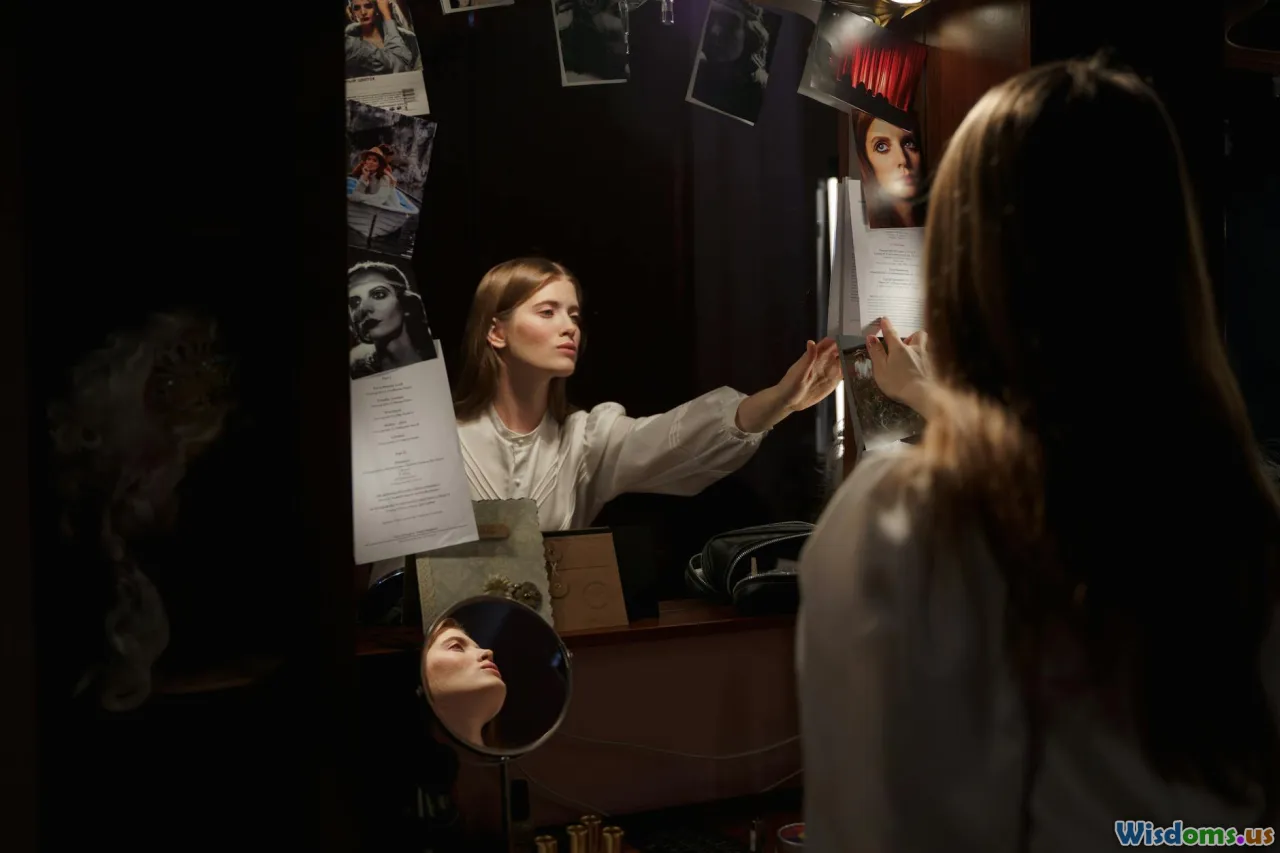
A day in the life of a playwright is profoundly more than penning a few pages; it’s a mosaic of rituals, research, and relentless refinement. While each artist carves their unique routine, universal threads emerge: intentional starts, disciplined work intervals, immersion in feedback, and vital moments of restoration. Allowing for play within the process—whether through improvisational exercises, cross-art exploration, or simply stepping away—infuses scripts with authenticity and boldness.
For aspiring and established dramatists alike, the creative day is not a linear march to greatness but a dance: balancing structure with serendipity, deadlines with discovery, and theory with lived experience. Understanding this ebb and flow reveals not just how plays are written, but how compelling stories—those that linger long after the curtain falls—are truly born.
Rate the Post
User Reviews
Other posts in Theater & Drama
Popular Posts














